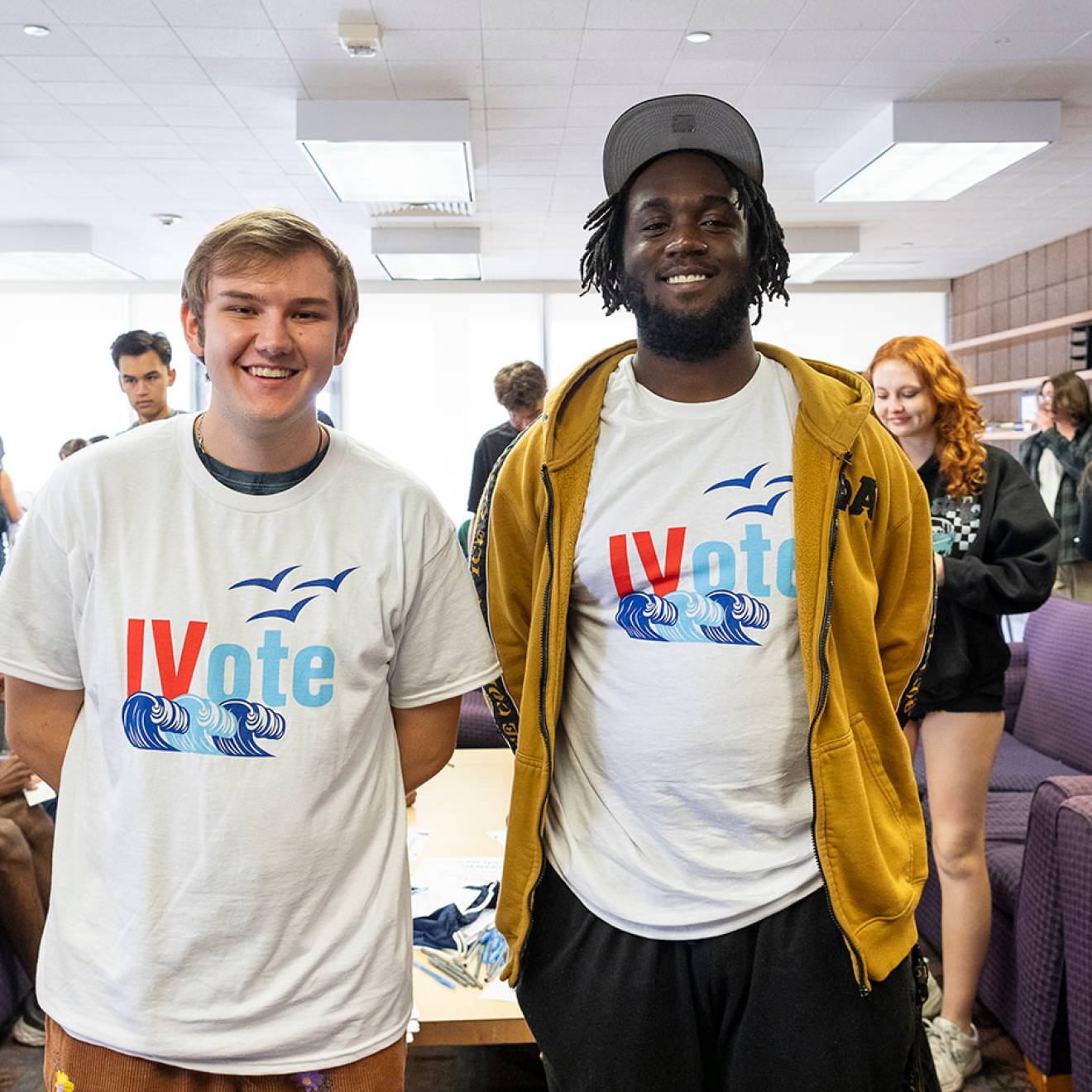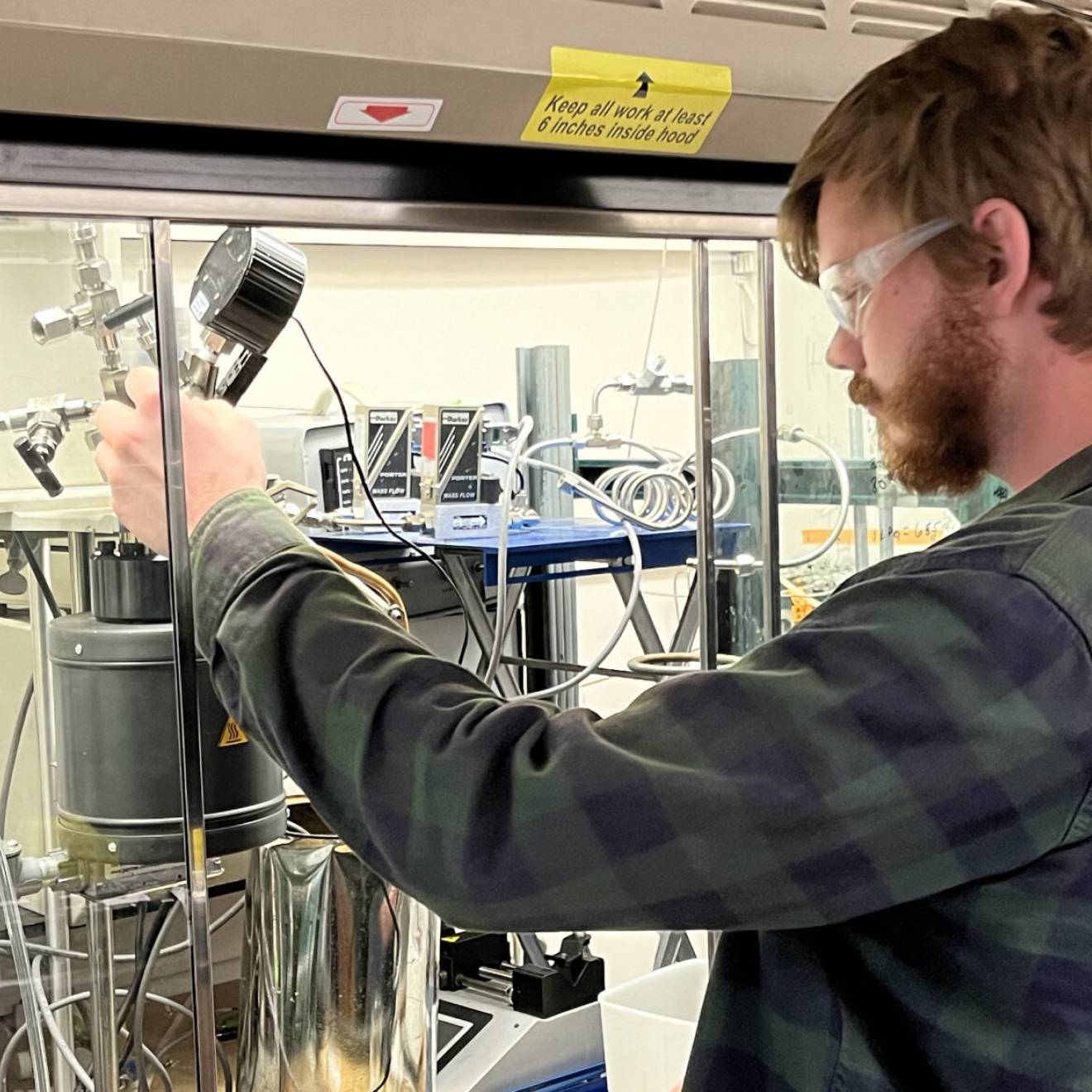Stuart Wolpert, UCLA

“Horrendous” is a word James Stigler uses to describe how little math many U.S. students learn in middle schools and high schools.
He should know; Stigler, a UCLA professor of developmental and cognitive psychology, has been studying how much math and science students have been learning since the late 1970s.
Based on placement tests, a staggering 60 percent of U.S. students who enter community colleges are not qualified to take a college mathematics course, even though they have graduated high school, Stigler said.
“Many of them never graduate for that reason,” he said.
Stigler has also analyzed how other countries — such as Australia, Japan, the Netherlands, Switzerland and the Czech Republic — teach math and science, which, he says, helps us understand U.S. teaching practices more clearly.
“American students think math is about memorizing procedures,” Stigler said. “They’re not learning in a deep way. They think learning is supposed to be easy. That’s really not what learning is about. Students need practice in the things they can’t learn by doing a Google search. They need to think and struggle — like when they are practicing a sport or a musical instrument.”

Stuart Wolpart/UCLA
In other countries, students are asked to work on a variety of problems. In the U.S., students work on many repetitions of, essentially, the same problem, making it unnecessary for U.S. students to think hard about each individual problem. We teach math as disconnected facts and as a series of steps or procedures — do this, and this and this — without connecting procedures with concepts, and without thinking or problem-solving.
“Don’t just memorize it and spit it back on the test,” Stigler said.
American eighth graders, for example, rarely spend time engaged in the serious study of mathematical concepts, Stigler said. Japanese eighth graders, in contrast, engage in serious study of mathematical concepts and are asked to develop their own solutions for math problems that they have not seen before.
Stigler thinks this memorization of facts and procedures applies to the teaching of many subjects in the United States.
Improving teaching has proven to be extremely difficult, and efforts to do so have achieved only limited success. But this disappointing record has not discouraged Stigler.
One of his projects, funded by a grant from the Chan Zuckerberg Initiative, is to create and continually improve a university course. The course, which focuses on introductory statistics, includes an online, interactive “textbook” with more than 100 web pages and about 800 assessment questions.
Stigler began creating the course in 2015 in collaboration with Ji Son, a professor at Cal State Los Angeles, and Karen Givvin, a UCLA researcher and adjunct professor of psychology. He taught the course for the first time last spring and is doing so again this quarter.
As students work their way through the course, Stigler and his team collect all the data and can see what the students are learning and what they are not learning.
“Most professors don’t realize how little information we have about how much students are learning,” Sigler said. “I observed a professor once give a lecture where not a single student said anything. I asked him afterwards how he thought it went, and he thought it was great. But how could he tell if it was clear to the students without eliciting any information from students?”
With his interactive course, Stigler can get real-time information. He offers his statistics course for free to any instructor in exchange for getting access to the data showing what, and how, students are learning.
His goal is incremental improvement in teaching, believing that rapid, dramatic results are not realistic. “I want millions of students to get one percent better every year in what they learn,” Stigler said.
Stigler and Givvin are playing leading roles in a new organization, the Precision Institute — created by National University to test innovative teaching ideas and collect data with the goal of helping to solve some of the most challenging issues in higher education. Stigler is one of the institute’s first fellows. National University, a San Diego-based non-profit, offers more than 100 programs, both online and at more than two dozen locations in California and Nevada, and has more than 150,000 alumni.
Through the Precision Institute and its National Precision Research and Innovation Network, National University gets researchers to address its educational challenges, while researchers get to test their education theories in real time in a university setting.
Stigler hopes to add his statistics course to the National University curriculum. Ideas that work can be implemented at National University right away.
Students in the same course can be randomly assigned to use different materials, and Stigler and his team can analyze data and figure out which approach is more effective. Stigler will soon do this in his UCLA undergraduate statistics course and will bring this approach to the National University project as well.
“We’re improving the course while students are taking the course,” said Stigler, who believes strongly in the importance of collecting data to see what actually helps students learn. “We’re trying to measure what they actually learn and figure out how we can help them to learn more.”
Any academic content area could profit from this approach, and the intent of Stigler’s research team is to broaden its application in the future.
“I don’t know what the answers are and don’t have an ax to grind,” Stigler said. “I don’t want to argue in the abstract about theories of education. Let’s test ideas on the ground and see which ones help students.”
Teaching is hard to change. Stigler and Givvin are struck by how similar teaching methods are within each country they have studied, and the striking differences in methods they observed across countries. While the United States is very diverse, the national variation in eighth grade mathematics teaching is much smaller than Stigler and Givvin expected to find.
“The focus on teachers has some merit, of course,” Stigler said, “but we believe that a focus on improving of teaching — the methods that teachers use in the classroom — will yield greater returns.
“Even the countries at the top are trying to improve teaching and learning,” Stigler said. “It is a central problem faced by all societies.”

